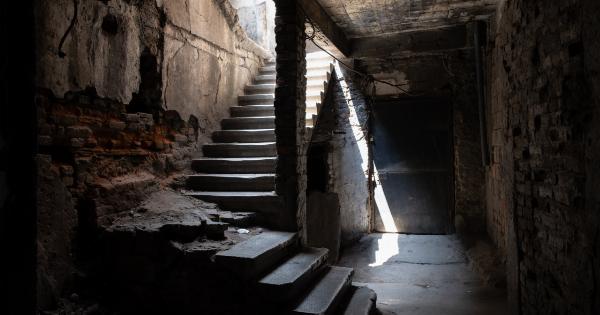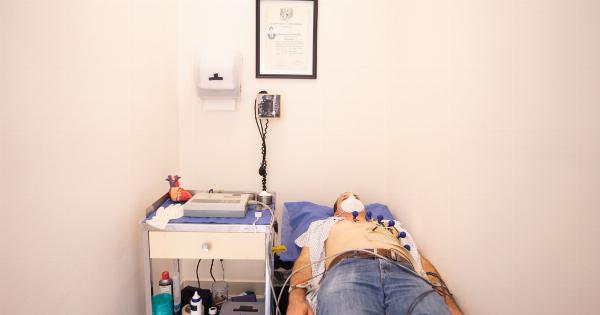Sarow is a small town located in the northeastern part of Bangladesh. It is home to more than 20,000 people, most of whom live in poverty.
The town is surrounded by beautiful forests and green fields, but in the last few years, deforestation and industrialization have threatened the town’s natural beauty.
The Plight of the People in Sarow
The people in Sarow are struggling to make ends meet. The majority of the population works in agriculture, but the land has been damaged by flooding and erosion.
The lack of proper roads and transportation makes it difficult for them to access markets and sell their produce. As a result, they live in extreme poverty, with little hope for a better future.
The town’s healthcare system is inadequate, and many people suffer from illnesses that could easily be treated if they had access to basic medical care.
People often have to travel long distances to get medical help, and this can be expensive and time-consuming.
The Role of the Local Government
The local government has failed to provide adequate support to the people of Sarow. There have been promises of improving infrastructure, healthcare, and education in the town, but nothing has come to fruition.
The people of Sarow feel neglected and ignored by the government, and they have lost faith in their ability to bring about meaningful change.
The Need for a Miracle Home
Given the dire situation in Sarow, the people desperately need a miracle home. A miracle home is a self-sustaining community that provides housing, education, healthcare, and employment opportunities for its residents.
A miracle home would provide the people of Sarow with the stability and security they need to break out of poverty and achieve a better life.
The miracle home would be built on a piece of land donated by the local government. The community would be designed to be self-sustaining, with solar power, clean water, and sustainable agriculture practices.
The home would be designed to provide families with private living spaces as well as communal spaces for social interaction.
The Impact of a Miracle Home
The impact of a miracle home on the people of Sarow would be significant. Families would have access to education and healthcare without having to travel long distances.
Employment opportunities would be created, which would help to reduce poverty and improve the economy. The miracle home would also help to preserve the town’s natural beauty by promoting sustainable practices.
Most importantly, the people of Sarow would have hope. A miracle home would send a message to the people that they have not been forgotten, and that there is still a chance for a better future.
The home would provide a safe and secure environment for families to grow and thrive, and it would help to break the cycle of poverty that has plagued the town for years.
The Role of External Support
While the local government has failed to address the needs of the people in Sarow, external support could make all the difference. International organizations and NGOs could provide funding and expertise to help build the miracle home.
Local and international volunteers could offer their time and skills to help with construction, education, and healthcare.
External support would also help to raise awareness about the plight of the people in Sarow. Increased awareness could put pressure on the local government to take action and provide support to the town.
Conclusion
The people of Sarow are in need of a miracle home. They face extreme poverty, lack of healthcare, and inadequate infrastructure.
A miracle home would provide them with a self-sustaining community that would offer housing, education, healthcare, and employment opportunities.
The building of a miracle home is a monumental task, but with external support, it is possible. The people of Sarow need help, and it is up to all of us to provide it.






























